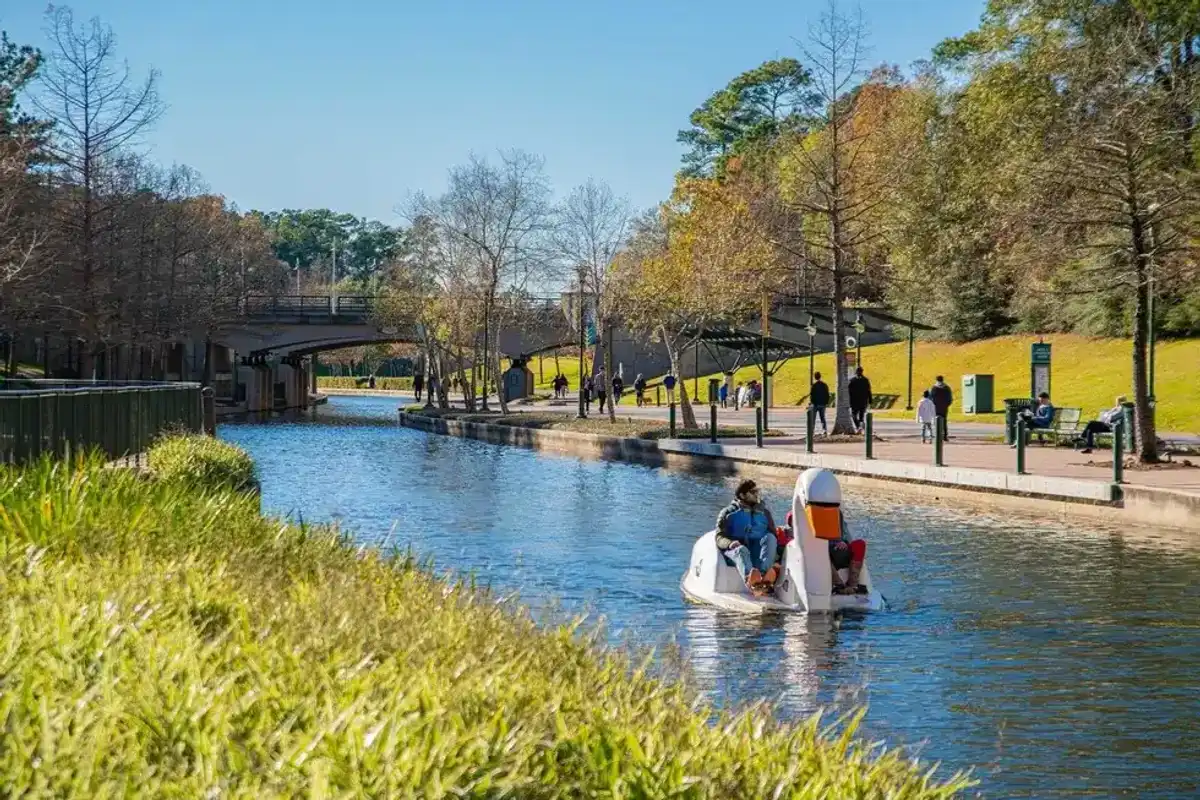Houston energy giant makes moves on emissions with Astros deal, new tech in the Permian Basin
oxy updates
Houston-based energy company Occidental is capturing a ton of attention with its carbon capture initiative.
Occidental’s carbon capture subsidiary, 1PointFive, recently said it’s developing a carbon capture and sequestration hub on a 55,000-acre site along the Gulf Coast in Southeast Texas. The hub will be able to hold about 1.2 billion metric tons of carbon dioxide.
The Bluebonnet Hub, expected to be operating in 2026, will be located in Chambers, Liberty, and Jefferson counties near coastal refineries, chemical plants, and manufacturing facilities. Chambers County is the Houston metro area.
“This hub is located between two of the largest industrial corridors in Texas so captured CO2 can be efficiently transported and safely sequestered,” says Jeff Alvarez, president of sequestration at 1PointFive. “Rather than starting from scratch with individual capture and sequestration projects, companies can plug into this hub for access to shared carbon infrastructure.”
Home run on emissions
Another development at 1PointFive involves the Houston Astros baseball team.
The Astros recently agreed to buy CO2 removal credits from 1PointFive’s carbon capture plant being built in Ector County, whose county seat is Odessa. Under this deal, CO2 captured by the company’s equipment will be sequestered in underground saline reservoirs that aren’t affiliated with oil and gas production.
Over the next three years, the Astros will use the removal credits to help the team achieve a carbon-neutral footprint at Minute Maid Park.
“We remain committed to continuous improvement of our stadium for our fans, and purchasing carbon removal credits is an important investment for us,” Marcel Braithwaite, senior vice president of business operations for the Astros, says in a news release.
Progress in the Permian Basin
Furthermore, 1PointFive is making progress on its carbon capture plant being developed in West Texas’ Permian Basin. The company recently tapped Orlando, Florida-based Siemens Energy to supply two compressors for the plant, which is set to capture more than 500,000 metric tons of CO2 per year.
Vicki Hollub, president and CEO of Occidental, says in a news release that the Permian Basin plant will help meet the Paris Agreement’s Paris climate change goals and reduce global emissions.
The Permian Basin facility, with an estimated price tag of $800 million to $1 billion, is on track to open by late 2024.





